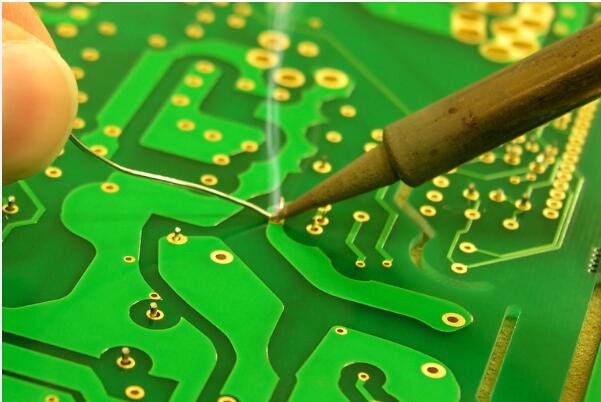During the PCB soldering process, the welding points are heated to combine with the copper foil on the circuit board to achieve electrical connection and mechanical fixation. PCB soldering is one of the essential processes in the manufacturing of electronic equipment and products.

Common PCB soldering methods
Circuit board soldering is an important part of the electronic manufacturing process. It connects various electronic components to the circuit board through welding, completing the connection and assembly of the circuit. Correct soldering methods and techniques are crucial for ensuring the quality and stability of circuit boards.
1. Manual soldering
Manual soldering is one of the most basic and common soldering methods. It requires the use of manual soldering iron, heating the solder wire to a molten state, and then applying it to the components and circuit boards that need to be soldered. The advantages of manual welding are low cost, low technical requirements, and suitability for small batch production. The disadvantage is that it is prone to poor soldering and uneven welding temperature, requiring strict control of soldering temperature and time.
2. Wave soldering
Wave soldering is an automated soldering method suitable for mass production. It requires placing components and circuit boards on a wave soldering machine and applying solder to the positions that need to be welded through the wave soldering machine. The advantages of wave soldering are high production efficiency, stable solder joint quality, and suitability for large-scale production. The disadvantage is that the equipment cost is high and is not suitable for small-scale production.
3. Hot air soldering iron soldering
Hot air soldering is a handheld soldering method that requires the use of a hot air soldering iron to heat the solder wire to a molten state, and then apply it to the components and circuit boards that need to be soldered. The advantage of hot air soldering iron welding is good solder joint quality, but the disadvantage is that it requires high technical requirements and slow welding speed.
4. Reflow soldering
Reflow soldering is a soldering method based on SMT technology. Components and circuit boards are placed on a reflow soldering machine, and the solder is applied to the desired position through the reflow soldering machine. The advantage of using reflow soldering is stable solder joint quality.
The purpose of circuit board soldering
1. Connect electronic components
Electronic components are the core part of a circuit board, and the main function of PCB soldering is to connect the components with the circuit board. There are various types of components, including SMD components, plug-in components, chip components, etc. Different components require different soldering methods. The quality of circuit board soldering directly affects the connection quality of electronic components, thereby affecting the performance and reliability of the entire circuit system.
2. Improve the reliability of circuit boards
If the soldering is not good, it is easy to cause loose soldering points, faulty soldering, short circuits, etc., which can affect the normal operation of the circuit board.
3. Improve the performance of electronic products
If electronic components are tightly connected, the electrical performance of the circuit board will be guaranteed, improving the performance of the product.
The main function of PCB soldering is to connect electronic components with the circuit board, forming a complete circuit system. The quality of circuit board soldering directly affects the performance and reliability of electronic products.